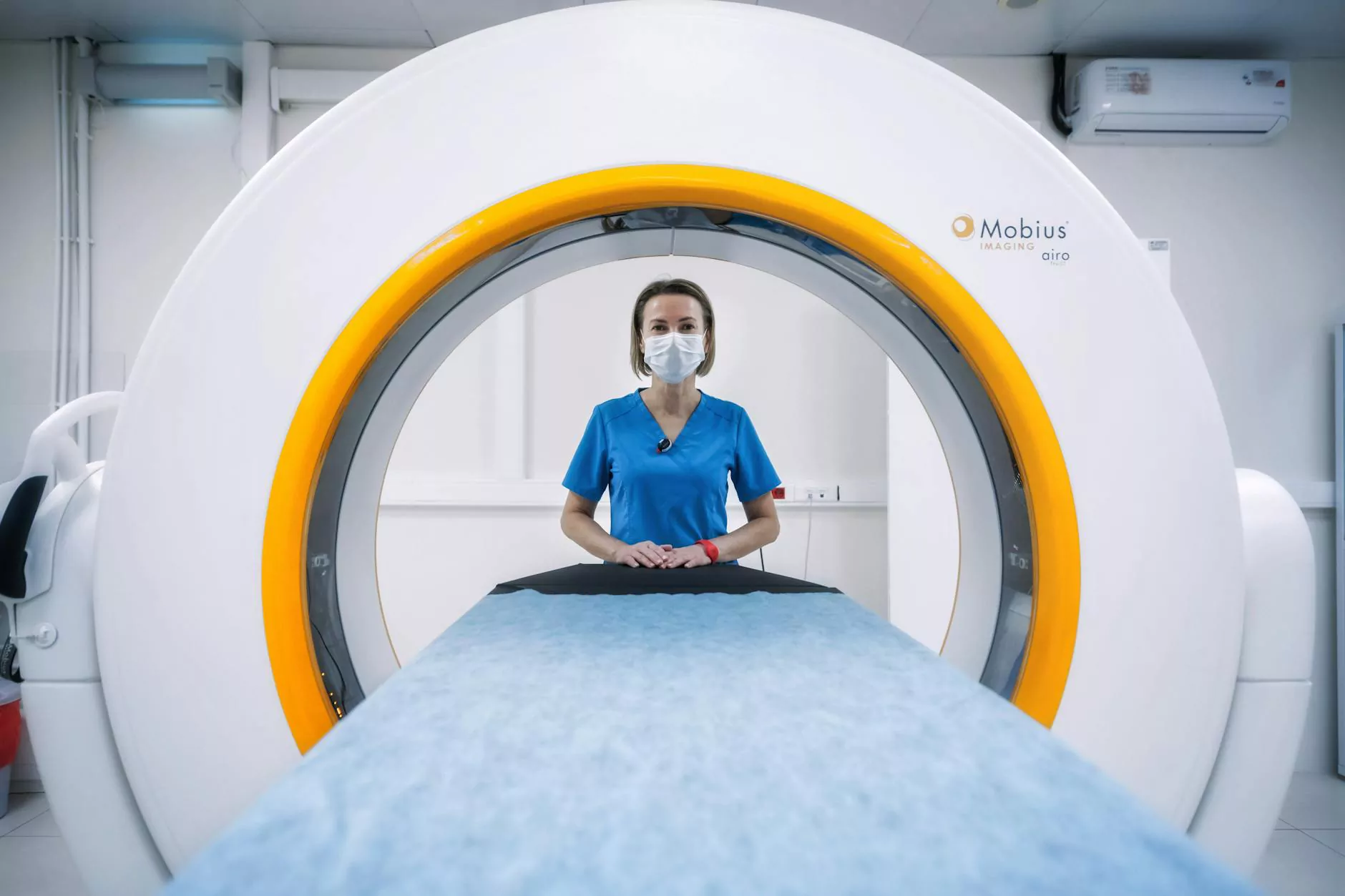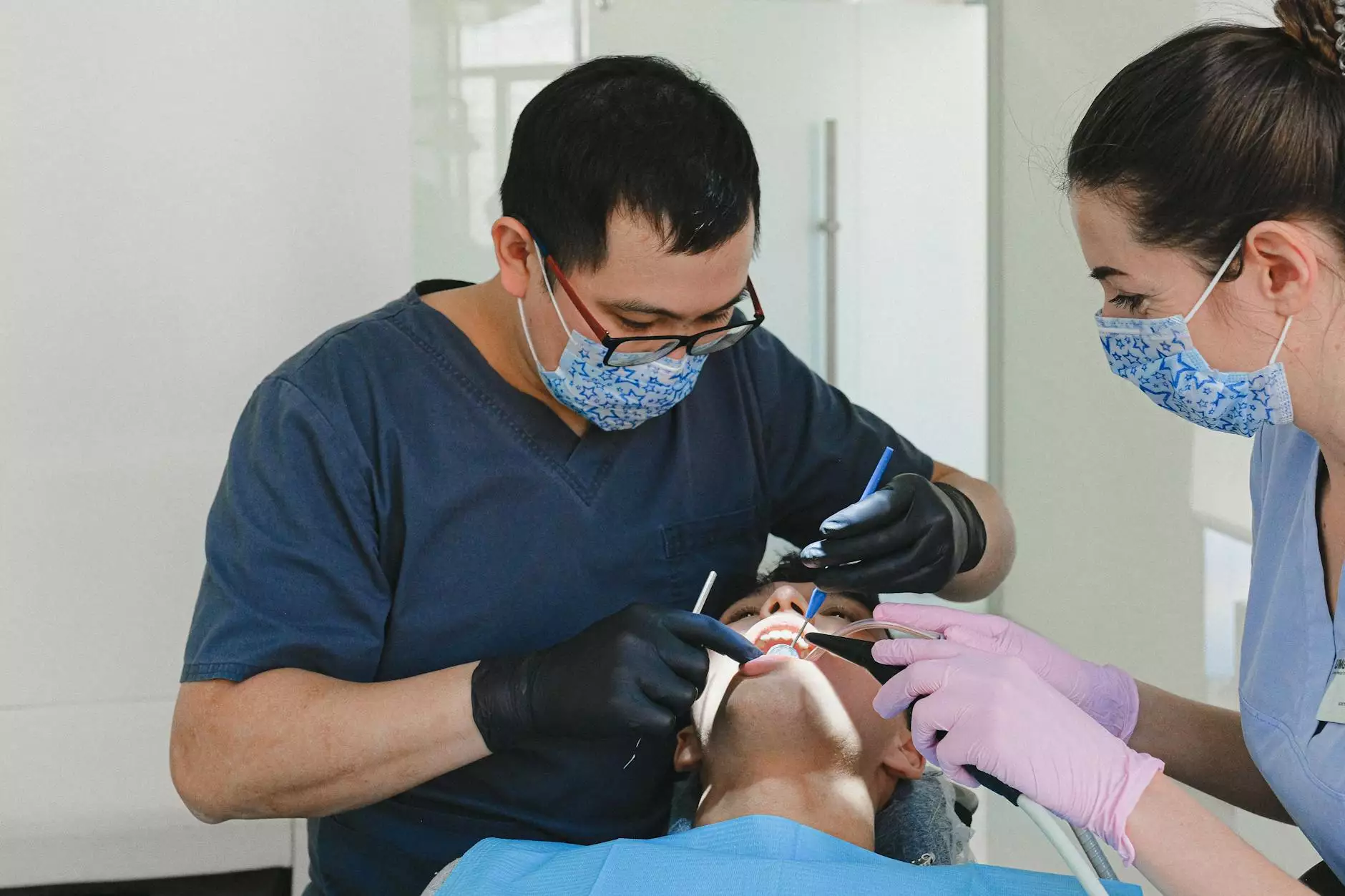Scheuermann's Disease

Introduction
Scheuermann's Disease, also known as juvenile kyphosis, is a skeletal condition that primarily affects adolescents during their growth spurt phase. It is characterized by abnormal curvature in the upper back, leading to a rounded or humpback appearance. At Foley James D MD, we specialize in providing expert care and treatment for Scheuermann's Disease.
Causes
The exact cause of Scheuermann's Disease is still not fully understood. However, it is believed to be a combination of genetic and environmental factors. Certain genes may make individuals more susceptible to developing the condition, while environmental factors such as poor posture or spinal trauma can exacerbate the curvature. Rapid growth during adolescence may also contribute to the development of Scheuermann's Disease.
Symptoms
Scheuermann's Disease is typically characterized by the following symptoms:
- Visible curvature in the upper back
- Rounded or humpback appearance
- Tightness or stiffness in the spine
- Back pain, especially during physical activity
- Difficulty in maintaining good posture
Diagnosis
Diagnosing Scheuermann's Disease involves a thorough medical examination and diagnostic tests. Our team at Foley James D MD will assess your medical history, perform a physical examination, and may order diagnostic tests such as X-rays or MRI scans to evaluate the curvature and determine the severity of the condition. It is essential to receive an accurate diagnosis to develop an appropriate treatment plan.
Treatment Options
Treatment for Scheuermann's Disease aims to alleviate symptoms, improve posture, and prevent further progression of the curvature. The treatment options may include:
- Physical Therapy: A structured exercise program can help improve musculoskeletal strength and flexibility, reducing pain and improving posture.
- Bracing: In some cases, a back brace might be recommended to support the spine and prevent further curvature progression.
- Pain Management: Over-the-counter pain medications or prescribed pain relievers may be used to manage discomfort associated with Scheuermann's Disease.
- Surgery: In severe cases and when other treatments have not been effective, surgery might be considered. The surgical procedure aims to correct the curvature and provide stability to the spine.
Prevention
While Scheuermann's Disease cannot be entirely prevented, there are measures that can help reduce the risk or slow down progression:
- Maintain good posture during activities and avoid excessive slouching.
- Engage in regular exercise and stretching to promote healthy spinal alignment.
- Avoid lifting heavy objects improperly to minimize strain on the spine.
- Attend regular check-ups with a healthcare professional to monitor the spine's health.
Conclusion
At Foley James D MD, we understand the challenges and concerns associated with Scheuermann's Disease. Our experienced team is dedicated to providing personalized care and comprehensive treatment options to alleviate symptoms and improve the quality of life for individuals with Scheuermann's Disease. Contact us today to schedule a consultation or learn more about our specialized services.










